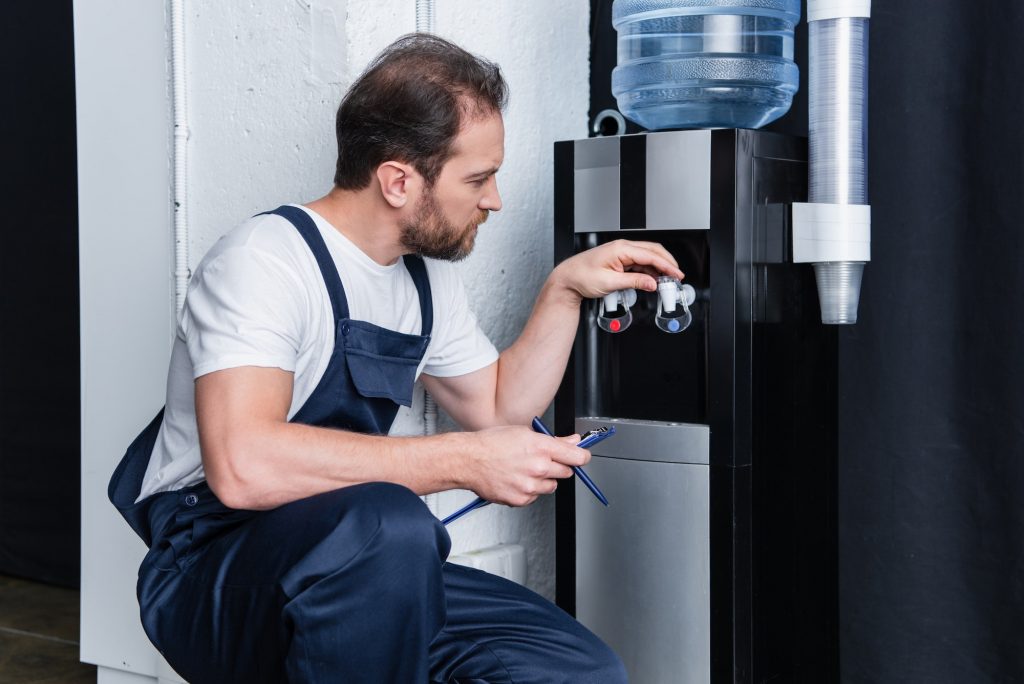How Much Energy Can You Save by Using a Water Dispenser?
Using a water dispenser can save energy and money. But you should consider the cost of running the appliance and the savings you can get from it. Water dispensers are not for every home, so it is important to do some research and find the right one for your home. For instance, you should turn the water dispenser off when not in use or at night, and you should check the power consumption of the machine.
Hot water dispensers
Hot water dispensers are becoming more popular these days, and the fact that they heat water instantly is an advantage for many people. However, they also use a lot of energy, so you may want to consider the cost of running such an appliance before buying one. Most dispensers are energy-efficient, and their power consumption is listed on the product label.
Hot water dispensers can save you a lot of energy if you use them regularly. The power they use depends on how much hot water you use each day, but in most cases, they use around 700 watts. This is less than the amount of electricity used by a hair blow dryer. Most units also use a thermostat, so they only turn on when hot water is needed. Even though hot water dispensers can be expensive to purchase, they can still be an economical choice for many homes.
Cost-effectiveness
One major concern with bottled water is the cost. Bottled water is expensive to purchase, store and dispose of. In addition, it can contain contaminants. A water dispenser is a more environmentally friendly alternative. It also requires less maintenance than bottled water. It’s also convenient for every location and user.
While the initial cost of installing a water dispenser is lower than the initial cost of purchasing and installing a bottleless water cooler, the cost over a five-year period is similar for both interventions. The average cost over five years was approximately $0.04 per student per day, based on 500 students and the average price per gallon charged by a local water supplier.
Many dispensers come with filtration systems. These systems can remove sediment, small particles and lead from water. Some are also equipped with cup holders. If you are worried about sanitary issues, some dispensers even convert to a point-of-use system for sanitary purposes.
Filtering
A recent study conducted by the Green Consumers’ Foundation found that water dispensers use an average of 1.6 kWh of energy per day. This figure is comparable to the amount consumed by an electric kettle. The difference is in the amount of energy used to heat the water rather than keeping it hot. This translates into lower energy bills, and more savings for consumers.
One way to save energy is to buy a water dispenser. There are many types of water dispensers, and each one has its own set of benefits. Some are non-electric, while others have bottle-free options. Many also have an automatic maintenance feature. You can also buy dispensers from water specialty stores. Make sure to check out the warranty and delivery fee before making your final purchase.
Maintenance
If you want to extend the life of your water dispenser, you should make routine maintenance a priority. To clean your dispenser properly, you should remove any water and debris from the dispenser. Using a brush and cleaning solution, clean the device’s surface thoroughly. Also, check the dispenser’s cable for damage.
Cleaning your water dispenser regularly is crucial for hygiene purposes, and can save you hours of hard scrubbing in the future. Firstly, you can use a food-safe wipe to remove dirt and bacteria from the dispenser’s main unit. Make sure to target the hard-to-reach areas as well. Afterwards, clean the tap with a fresh wipe.
Whenever you need to clean the water dispenser, make sure that you follow the manufacturer’s instructions. The manual will explain what parts should be cleaned, and how to disassemble the device. By following these guidelines, you will have clean drinking water at all times.
Saving energy
Water dispensers can be an excellent way to save energy and water. They use electricity to heat or cool water and can turn off automatically when the water temperature is right. The water dispenser also has a standby mode that conserves energy when not in use. Using a water dispenser could reduce electricity consumption by as much as 28% per month, and help reduce energy bills in public buildings.
A water dispenser produces either hot or cold water on demand. They use electricity to heat or cool the water, so they use less energy than conventional faucets. A thermoelectric water dispenser uses about 70 watts, while a compressor-cooled water dispenser uses about 120 watts.






